Who is the Serial Killer in American Horror Story: NYC?
Warning: This article contains spoilers for the first two episodes of American Horror Story: NYC, which aired October 19, 2022.
'Do you know what it feels like to have hot needles hammered into your nail beds? It feels like an injection of flame, an incineration of every nerve in your body, shooting inward from your fingertips. I was abducted last night. Someone drugged me, tied me up, tortured me--held a blade to my heart. I was held captive for hours. I don't know who did this to me, but I am certain that our boys in blue know that a killer is preying on and butchering gay men in Lower Manhattan.'
-Gino Barelli, AHS: NYC
In the premiere of AHS: NYC, we're introduced to a New York owned by the people, not the gentrified few. We've all seen it in films. Bums filled the alleyways, building cardboard lean-tos, warming themselves with trash can fires. Punks armed with switchblades roamed the streets, and ten foot high walls of garbage lined the sidewalks, filling the island with a horrific stench.
The gay community at that time was a buffet. Everyone was obsessed with the forbidden fruit. They'd crowd warehouses, cruise parks, stalk piers, and frequent bath houses and bars. Nobody cared about them. Nobody wanted them. They were lost and abandoned, so when they came to the police to tell them about a killer on the loose, it was no surprise that the cops refused to listen.
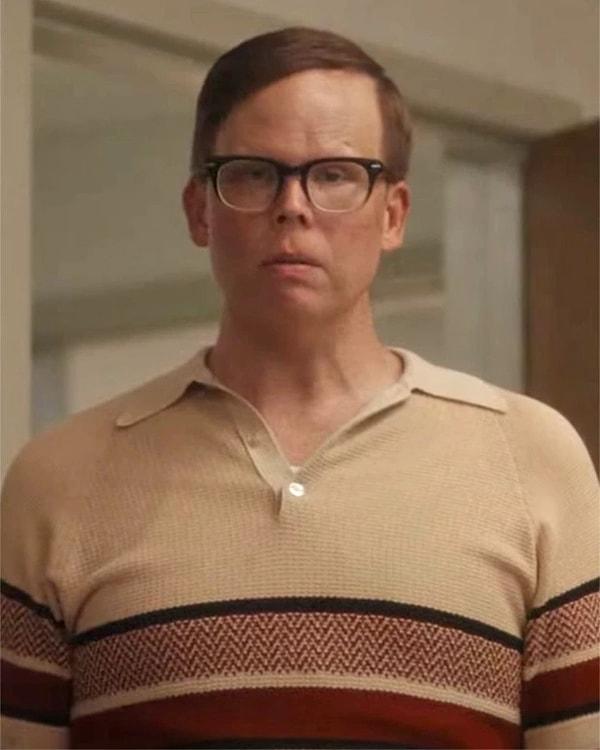
Courtesy of Hulu
The Last Call Killer
American Horror Story has long used historical facts to drive its plots, though the creators have been known to be fast and loose with the details. The Black Dhalia murders were a huge part of 'Murder House.' James Patrick March from 'Hotel' was based on real-life serial killer Henry Howard Holmes, and Richard Ramirez was portrayed in '1984.' This season appears to feature an editorialized version of the Last Call Killer, Richard Rogers--at least in part.
The police aren't sure how many murders Rogers committed. He seemed to be able to get away with it no matter what he did. In the 1960s, he stabbed his neighbor, an elderly woman, who rebuffed his advances. He was institutionalized for some time then released and able to graduate high school in 1968. While attending University of Maine, Rogers bashed one of his roommates, Frederic Spencer, over the head 8 times with a hammer and tied a plastic bag over his head to asphyxiate him. He dumped the body in the forest and was later charged with murder.
What happened next would define his career. In the trial he claimed that Frederic attacked him. The hammer and bag were all used in self-defense. It was absurd. After being hit in the head 8 times, Frederic would have been down for the count. But Rogers was able to get the judge to reduce the charges to manslaughter, and then he got the jury to find him not guilty.
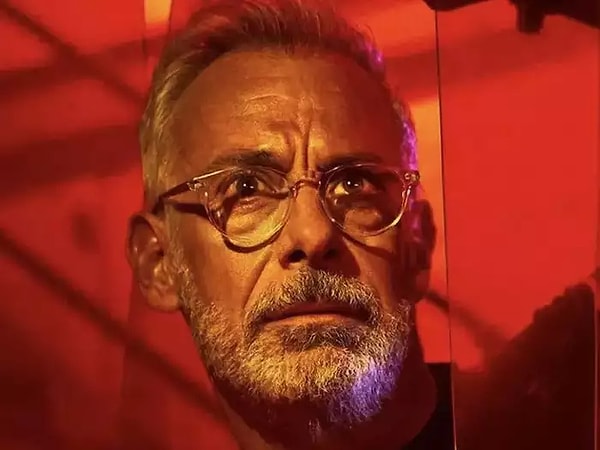
Courtesy of FX via Hulu
Despite being charged with manslaughter, Rogers was able to get a nursing position at Mount Sinai Medical Center in East Harlem--as a surgical nurse in the pediatric ward. He seemed to excel at slipping through the cracks in the system, playing off of the goodwill and gullibility of others. It might seem impossible, but background checks didn't become standard until 1993, and many young men were acquitted of violent crimes as a way to keep from squashing their potential. It's been said that, like many monsters, Rogers was charming. He must've been considering the nature of his crimes against Frederics.
Rogers was able to maintain his position as a pediatric nurse until 2001, and he killed any number of men during that time. We might never find out how many. He still maintains his innocence, but he's suspected of murder in Maine, Florida, Pennsylvania, Connecticut, and New York.
He operated by luring men out of Manhattan piano bars. He'd drug them, murder them, then dump their bodies in trash bags on the side of the road, often in New Jersey. We don't know much, but we are able to get a glimpse into his M.O. from records of a 1988 incident where he picked up a man and brought him home to his Staten Island apartment. The man was drugged. He woke up and found his hands bound with hospital bracelets. He was injected with something, dressed, and dumped somewhere. When the man woke up, he called his friend and they reported the incident to the local police. They must've known that the man was homosexual, because they ran a rape kit, but it came out negative. Rogers was charged once and again and magically acquitted once again. Another similar incident occurred in 1998 when a man woke up to find Rogers choking him after being taken to his apartment and drugged. Rogers was eventually convicted for the murders of Anthony Marrero and Thomas Mulcahy after police used a new technique, which allowed them to detect fingerprints on the trashbags he used to store the bodies. He's believed to have committed at least two more murders.

Courtesy of FX via Hulu
Parallels To Last Call Killer
In episodes one and two, we see Gino Barelli, a reporter for the New York Native, visit The Brownstone Bar to investigate a series of murders in the gay community. Someone sends him a mai tai, the favorite drink of Mr. Whitely, the killer. He takes a sip and ends up getting abducted and taken to Whitely's apartment. There Whitely, who is oddly talkative, tells Gino that there is a lot of pain, and he wants to make that legible, presumably by torturing and dismembering his victims. He drives burning hot needles under Gino's nailbeds and talks about how a war is coming. He says it will fix some things. Just like with Rogers, we see hospital equipment, bandages, injectables, a pair of scissors that look like they belong to a surgeon, and a metal tray. When he sees that Gino has a tattoo, proving that he was in the service, he lets Gino go and dumps him, just like Rogers' 1988 victim.
The scene is reminiscent of the stories told by men who were able to escape Rogers. They occur within the gay community, and it all starts at a piano bar, where an elderly queen tells Gino that the killer shows up right before last call, giving the queens who have lost hope--those that are too messy, too chubby, or too old a chance. Rogers also drugged his victims, just Gino was drugged. But there are some things that don't match up.
Patrick, Gino's boyfriend, just found a body in the Hudson. Rogers disposed of his victims in trash bags on the side of the road. That's how he was caught. The show also places an emphasis on the leather subculture, which was not a part of Rogers' scene. Rogers preferred classier piano bars and dives, not daddies with mustaches and a taste for BDSM. This is indicative of something else--more than one killer, maybe.
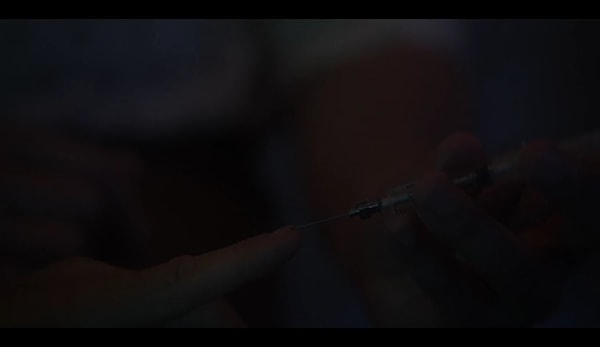
Courtesy of FX via Hulu
Bag Murders
In the first episode of AHS: NYC, a pilot on vacation in New York dawns a leather suit and makes his way to a warehouse in Manhattan. He catches the eye of another leatherman wearing a gimp mask. Then he faces a wall and drops his fly. The scene ends, and his decapitated body is found in the Hudson by a fisherman and his son.
This is a clear reference to the Bag Murders, which occurred between 1975 to 1977. During that time the remains of six men were found dismembered in trash bags floating in the Hudson. All of the bodies were wearing leather purchased in shops in Greenwich Village, a popular hangout spot for gay men. No arrests were made, though a radiographer named Paul Bateson--who appeared in The Exorcist--was said to have confessed to the killings.
The murders became a serious political issue. At the time, gay men were disappearing, and according to Arthur Bell, a historic activist who wrote for The Village Voice, the police were refusing to do anything about it. It wasn't just the Bag Murders, there were hate crimes, people picking them off, and teenagers attacking patrons outside bars--the result of a society that hated them and wanted them gone. Arthur was very aware of the state of the gay community, the sexual liberation in the 70s, and the discrimination that continued on later into his life.
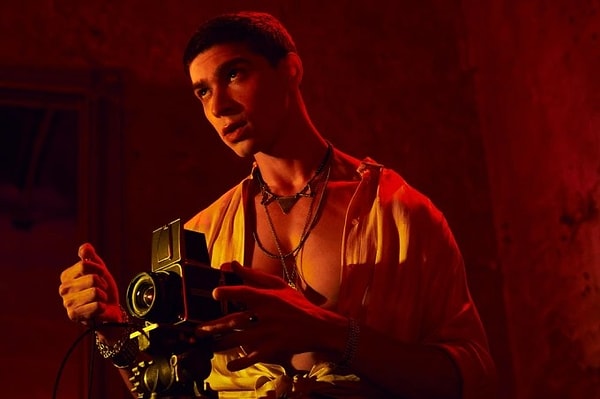
Courtesy of FX via Hulu
The character Gino Barelli is likely based on him and his work. When Bell wrote a piece on the murder of his friend, Addison Verril, a fellow reporter, he started receiving calls from a man who claimed to have killed him. He called the police, and they came the next night in case someone called again. There was another call, but it was from someone else identifying the caller as Paul Bateson, who was later blamed for the Bag Murders.
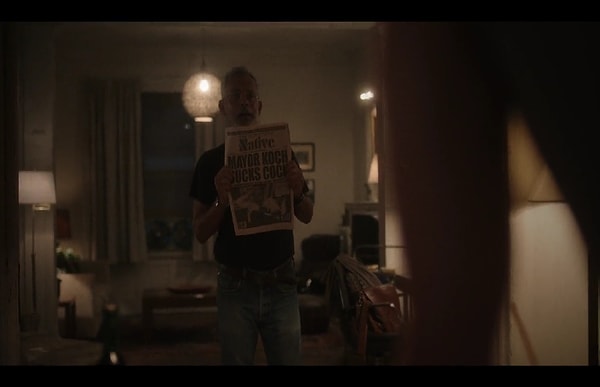
Courtesy of FX via Hulu
The Bell Connection
Arthur Bell was heavily involved in a campaign against the 1980 film Cruising, starring Al Pacino. Paul Bateson received frequent jail visits from director William Friedkin who decided to adapt the 1970 novel by the same name using the Bag Murders as plot elements. The movie is about a police detective who is recruited to go undercover at gay leather bars to investigate bodies that were turning up in the Hudson. It was altered significantly. The book was about a gay cop, not a homophobic straight man, and it examined the human condition.
Arthur Bell received an early screenplay and immediately began a campaign against the film, saying that it painted the gay community in a bad light. He was worried that it would spur on more violence. This is all debatable. The film is not overtly homophobic. But the concerns about violence were justified. The community was no safer in 1980 than they were in 1970. The murders were still fresh, and the victims and their loved ones deserved better.
They contacted Mayor Koch asking him to stop the filming, and he refused. So they went around interrupting production, yelling, playing loud music, and messing with the lighting using mirrors. The headline in the picture above could be referring to their efforts to petition the mayor. It should also be noted that Gino in AHS: NYC is dating a cop who for some reason has been hiding his history of visiting leather bars, just like the one portrayed in Cruising. Is Gino an altered version of Arthur Bell? If so, will we see elements from Gino's life play out this season? Maybe Gino will receive phone calls from Whitely? Or perhaps Theo will call Gino and tell him about his boyfriend. We're seeing more than a few historical events play out here. There's no telling how they'll be used, but we can expect to see more references.
Keşfet ile ziyaret ettiğin tüm kategorileri tek akışta gör!

Send Comment